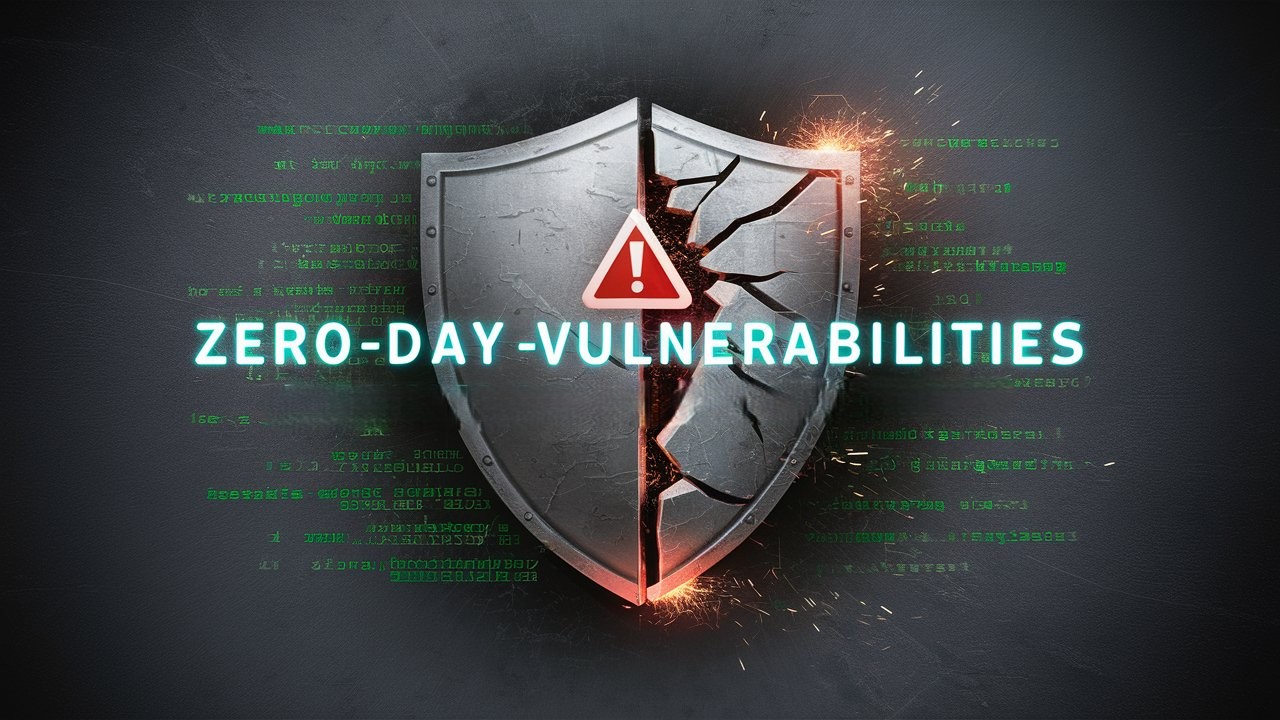
Zero Day Vulnerabilities: How Hackers Weaponize Hidden Flaws
What Are Zero-Day Vulnerabilities?
A zero-day vulnerability refers to a software or hardware flaw that is unknown to the vendor or developer. Because no patch or fix exists at the time of discovery, attackers can exploit these vulnerabilities to gain unauthorized access, steal sensitive data, or disrupt operations. The term “zero-day” signifies the lack of time developers have to address the flaw before it can be weaponized.
Hackers often discover these vulnerabilities before the developers or security teams do, giving them a significant advantage. Once discovered, these flaws are either exploited directly or sold on the dark web to other malicious actors. In some cases, even state-sponsored groups use zero-day vulnerabilities as part of their cyber-espionage campaigns.
How Hackers Weaponize Zero-Day Vulnerabilities
- Discovery of the Flaw: Hackers use sophisticated tools and techniques to scan for weaknesses in software or hardware. Vulnerability scanners, fuzz testing, and reverse engineering are common methods used to uncover hidden flaws.
- Exploit Development: Once a vulnerability is identified, hackers develop an exploit—a piece of code or method designed to leverage the flaw. This exploit can bypass security controls, execute malicious code, or gain unauthorized access.
- Weaponization and Deployment: The developed exploit is then weaponized into a payload, often delivered through phishing emails, malicious attachments, or compromised websites. The goal is to execute the exploit without raising any alarms.
- Data Exfiltration or System Compromise: After successfully exploiting the vulnerability, hackers can extract sensitive data, install malware, or gain long-term access to the system for further attacks.
Real-World Examples of Zero-Day Attacks
- Stuxnet (2010): This worm exploited four zero-day vulnerabilities to target Iran’s nuclear facilities, causing significant damage to their centrifuges. It’s considered one of the most sophisticated cyberattacks in history.
- Equifax Breach (2017): A zero-day vulnerability in Apache Struts allowed hackers to access the personal data of over 147 million individuals.
- SolarWinds Attack (2020): State-sponsored attackers used a zero-day vulnerability in the SolarWinds software to infiltrate numerous government and private organizations.
Protecting Against Zero-Day Vulnerabilities
While zero-day vulnerabilities pose a unique challenge, there are strategies and tools that organizations can implement to reduce their risk:
- Keep Systems Updated: Regularly updating software and hardware ensures that known vulnerabilities are patched, reducing the overall attack surface. Use automated patch management systems where possible.
- Implement Intrusion Detection Systems (IDS): IDS can monitor network traffic for suspicious activity, helping to detect zero-day exploits in action. Combine this with intrusion prevention systems (IPS) for a more proactive approach.
- Conduct Regular Security Audits: Periodic audits and penetration testing can uncover vulnerabilities before attackers do. Use ethical hackers to simulate real-world attack scenarios.
- Adopt Threat Intelligence: Subscribe to threat intelligence feeds to stay informed about emerging threats and zero-day exploits. This information can help security teams respond quickly to new vulnerabilities.
- Segment Networks: Network segmentation limits an attacker’s ability to move laterally within a system. Even if a zero-day exploit is successful, its impact can be contained.
- Deploy Endpoint Security Solutions: Modern endpoint security tools use machine learning and behavioral analysis to detect unusual activity, even from previously unknown threats.
- Educate Employees: Many zero-day exploits are delivered through phishing attacks. Regular cybersecurity training can help employees recognize and avoid suspicious emails or links.
What to Do If You Suspect a Zero-Day Attack
If you suspect your organization has been targeted by a zero-day attack, act quickly.
- Isolate the affected system to prevent further damage.
- Notify your incident response team to analyze the breach.
- Contact the software vendor to report the vulnerability and receive guidance.
- Deploy mitigations such as network segmentation or disabling certain features to limit the exploit’s effectiveness.
The Future of Zero-Day Vulnerabilities
As technology advances, zero-day vulnerabilities will continue to pose a significant threat. The rise of artificial intelligence (AI) and machine learning tools has made it easier for hackers to identify flaws, while the increasing complexity of software systems creates more opportunities for vulnerabilities.
Organizations must adopt a proactive and layered approach to cybersecurity, combining advanced tools, regular updates, and employee education to stay ahead of these hidden threats. By understanding the nature of zero-day vulnerabilities and implementing robust defenses, you can significantly reduce the risk of falling victim to these silent but dangerous attacks.
Zero-day vulnerabilities are a stark reminder of the importance of vigilance in cybersecurity. While we may not always predict where the next flaw will appear, staying prepared and informed is the best defense against the unknown.
nhxxAu
April 17, 2025zUBjvV